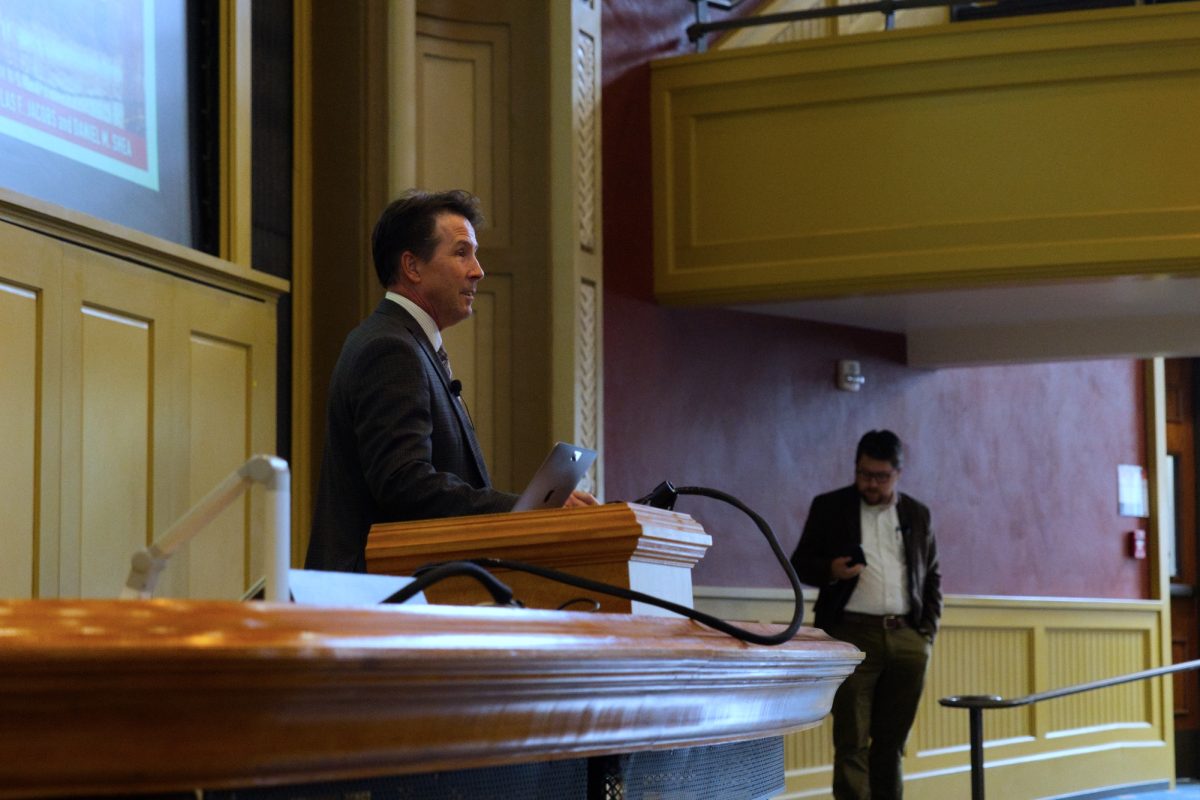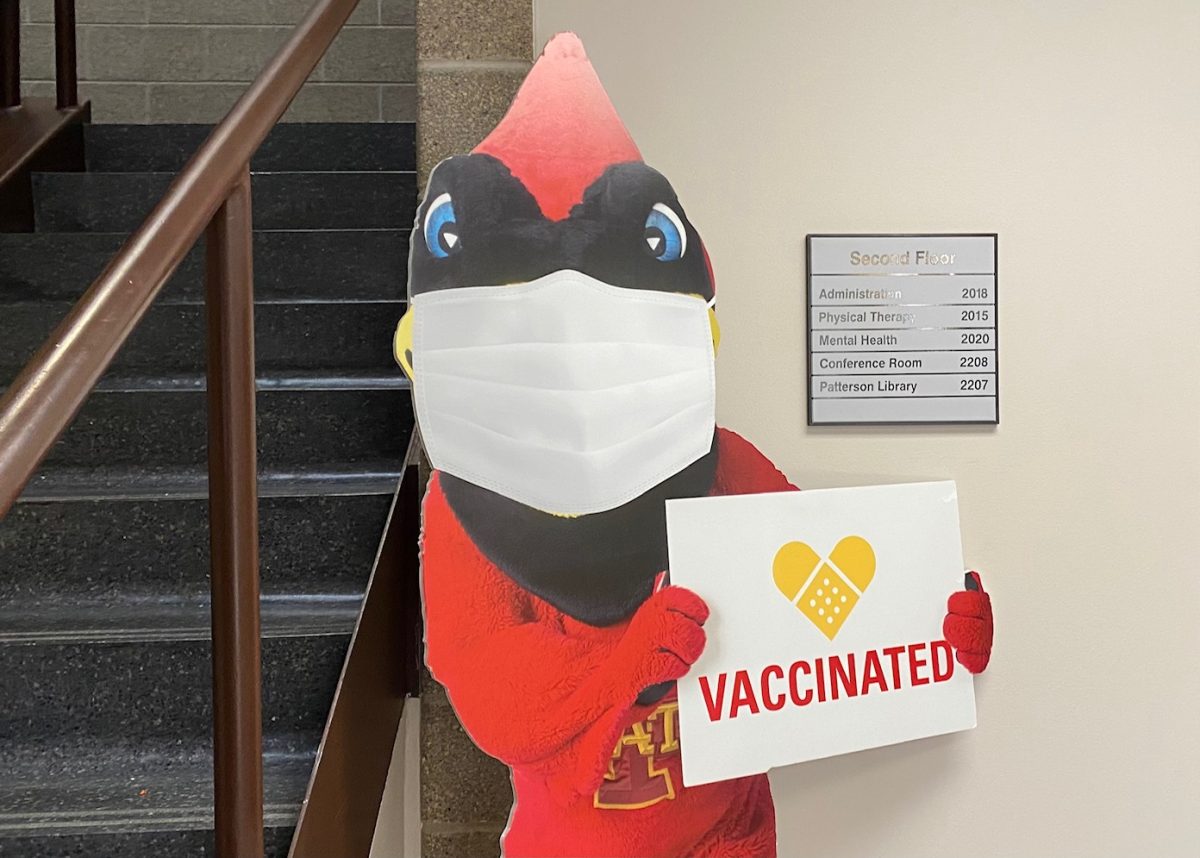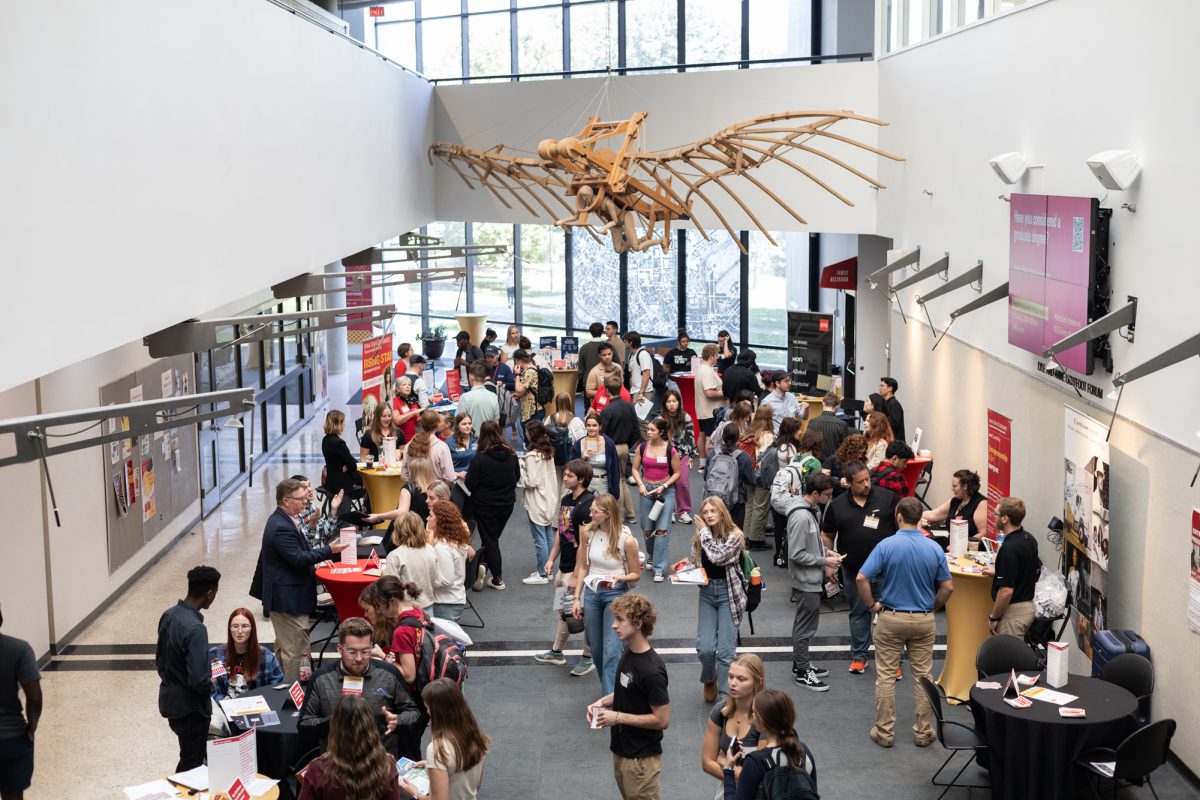Event helps nontraditional students make ‘Transitions’
September 13, 1999
On a typical day during a typical bus ride, Cindy Lind saw a person whom she thought looked like a typical professor. Lucky for her, she was wrong.
During that bus ride, Lind and Kay Skelton struck up a conversation that led to the beginning of their friendship.
The two women discovered that they have one thing in common that made all the difference to them.
They are nontraditional students at Iowa State.
But because upon first glance Skelton appeared older than the average ISU student, Lind assumed she wasn’t one.
“I automatically thought Kay was a professor,” Lind said.
Lind, 44, was experiencing what many other adult students at ISU go through.
On a campus heavily populated by 18- to 22-year-olds coming straight out of high school, nontraditional students often find it difficult to find a voice and an identity.
To help nontraditional students make connections and learn how to adjust to university life, the Off Campus and Adult Student Services office hosted an event called “Transitions 1999” in the Gallery of the Memorial Union Saturday.
During the daylong event, a group of nine female students and one male student listened to university representatives speak on such topics as health and wellness, financial aid, academic transitions and community resources.
But the main issue these nontraditional students brought up time and again was the concern that they aren’t aware that there are other students like them on campus.
“I haven’t met any older people here yet,” said Dennis Crowe, a 40-something transfer student from Des Moines Area Community College.
Like many non-traditional students, Crowe came to ISU after first spending some time gaining life experience outside of academics.
He came back to college after he broke his leg in a motorcycle accident, making it painful for him to do the standing that was often required of him at his old job.
Another nontraditional student, 24-year-old Rachel Morey, sophomore in art and design, decided to take some time off from school after one semester at ISU when she was 18.
“People are nice here, but it was hard to be a freshman here right out of high school,” she said.
Morey, a Cedar Rapids native, was overwhelmed by the size of ISU.
Deciding school wasn’t for her at the time, she left ISU and during that absence, she had her son, Bastian, now 3 years old.
Though nontraditional students like Lind, Skelton, Crowe and Morey have different backgrounds, their reasons for going back to school are similar.
In fact, each student at the “Transitions 1999” orientation agreed that personal fulfillment played a major part in the decision to come to ISU.
A personal goal drove Wendy McDermott back to ISU after having worked for three years as a lobbyist for the National Federation of Independent Businesses.
“I’m not coming back because I’m money driven,” she said, “but I want that piece of paper for my own personal attainment.”
McDermott, 27 and a mother of two, was offered a $10,000-raise — a raise that would have boosted her annual income to $70,000 — to stay with her company.
However, she said it wasn’t a difficult choice to come back to school.
“It’s a riot [to be back in school],” she said. “It’s not work; it’s fun.”






